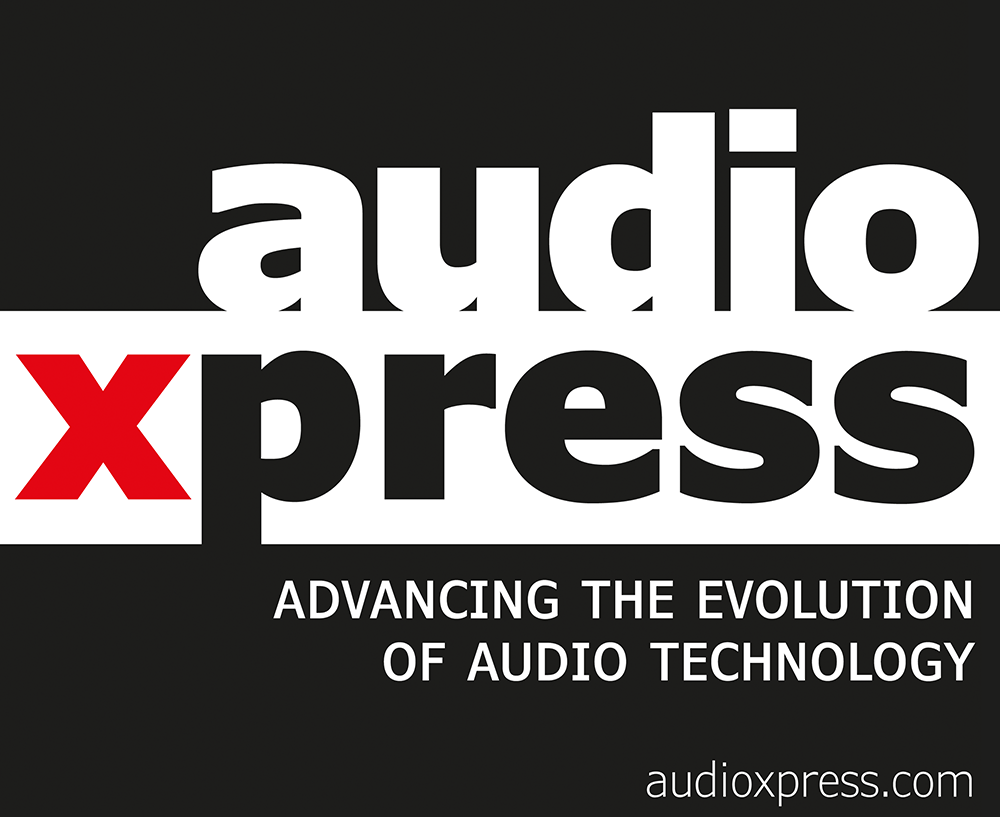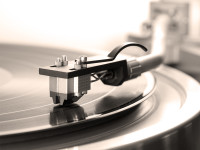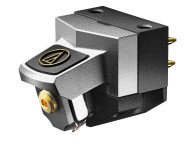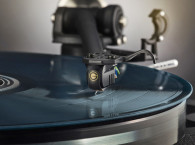 The subject of disc-recording equalization has generated much confusion over the years. Many knowledgeable collectors and audio professionals have been content with conventional explanations. Transfer engineers and collectors are well aware that electrically recorded discs require a bass boost, and sometimes a treble cut, in playback.
The subject of disc-recording equalization has generated much confusion over the years. Many knowledgeable collectors and audio professionals have been content with conventional explanations. Transfer engineers and collectors are well aware that electrically recorded discs require a bass boost, and sometimes a treble cut, in playback.They often assume that the playback correction, or equalization, compensates only for the method by which the actual recording was made. If the bass is attenuated during the recording process, it must be boosted in playback; similarly, if the treble is boosted when the record is cut, it must be attenuated in playback. Close examination shows that the recording and playback process is more complex.
Selecting playback equalization must take account not only of the recording characteristics, but also those of the playback cartridge. This tutorial will explain the methods of cutting disc records, the characteristics of magnetic phono cartridges, and how their combined response determines the required playback equalization.
This article is based on a paper I presented at the May 1996 conference of the Association for Recorded Sound Collections (ARSC) in Kansas City, and was first published in the Fall 1996 issue of the ARSC Journal. The Association is a nonprofit organization serving librarians, scholars, sound archivists, dealers, private collectors, discographers, and reviewers. The biannual ARSC Journal is devoted to research on sound-recording history, preservation and restoration of sound recordings, record and book reviews, and much more. In this article, italicized terms are defined in the Glossary on p. 52.
This article was featured as part of "The LP Is Back!" compilation book published in 1999 by The Audio Amateur company.







